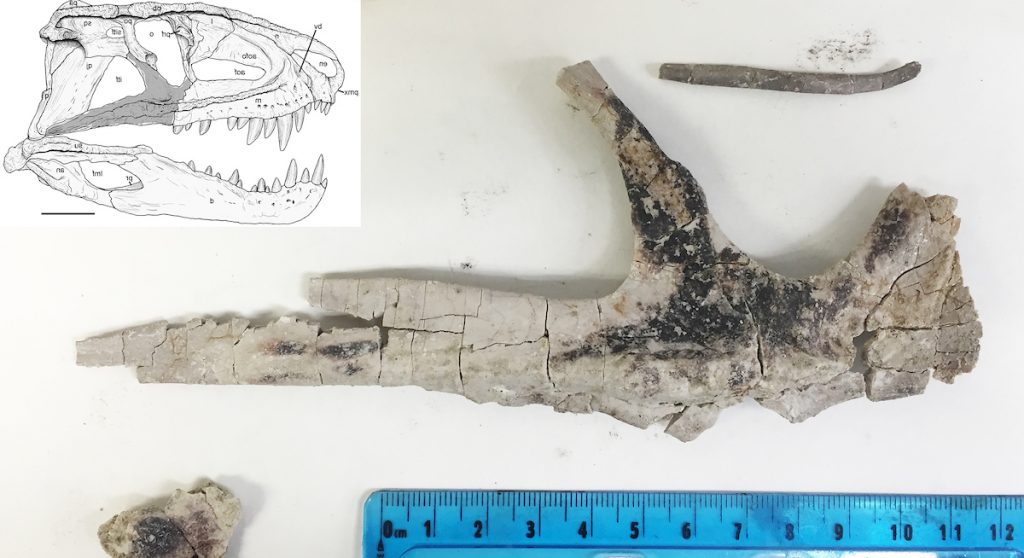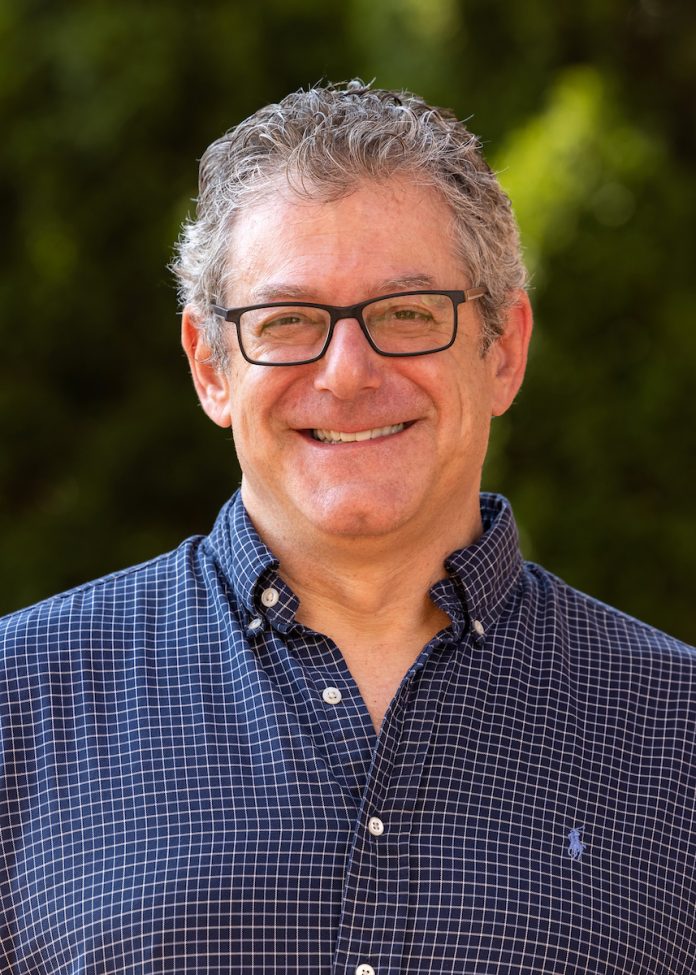Jonathan Weinbaum, associate professor of biology, is traveling to Argentina in June to share his expertise in paleontology as a Fulbright Specialist. The Fulbright Specialist Program, which is run by the U.S. Department of State, provides a unique opportunity for U.S. academics and highly accomplished professionals to engage in two- to six-week, project-based exchanges at host institutions across the globe.
Weinbaum will be based in Argentina for three weeks to conduct a series of short courses and lectures. He’ll address topics such as conducting paleontological fieldwork in the Southwest of the United States; biostratigraphy of the Late Triassic Period of Arizona; fossil preparation, collection management, and curatorial techniques in paleontology; and the anatomy and biology of fossil reptiles.

The latter includes Postosuchus kirkpatricki, an archosaur that lived in North America during the Late Triassic Period. Weinbaum began studying them intently in graduate school.
“These animals look like dinosaurs but they are ancestors to the crocodile,” he says. “People all over the world believe that crocodiles have remained unchanged for hundreds of millions of years. That they are ‘living fossils.’ . . . Neither is true.”

Weinbaum goes on to describe Postosuchus.
He explains that ancestors of the crocodile evolved in the Triassic Period and dominated land-based ecosystems. Postosuchus walked on two legs like a predatory dinosaurs. It had a head that looked a lot like a Tyrannosaurus rex and was endothermic, or what is commonly referred to as warm blooded.
“So the ancestors of crocodiles are actually warm-blooded animals,” he sums, with a laugh. “That’s why I do what I do. To have my mind blown. The truth is always stranger than fiction.”
In Argentina, he and several colleagues will work to describe the brain of Postosuchus kirkpatricki.
Weinbaum will be hosted by the Museo de La Plata, a national history museum connected with the National University of La Plata. He also will be working with the Bernardino Rivadavia Natural Sciences Argentine Museum. Both are in the province of Buenos Aires.


